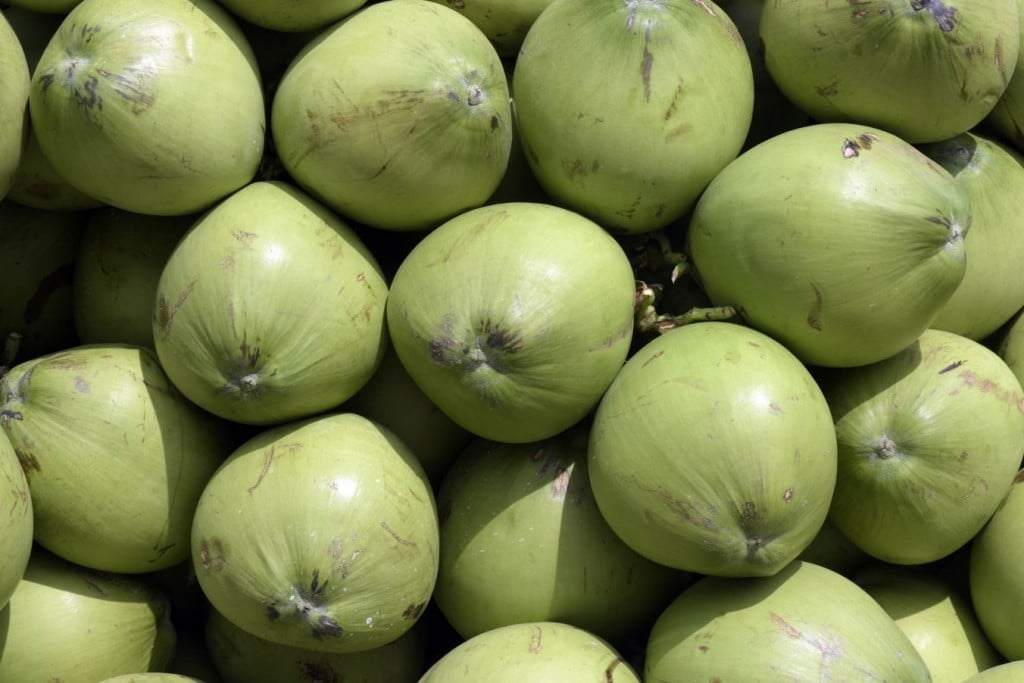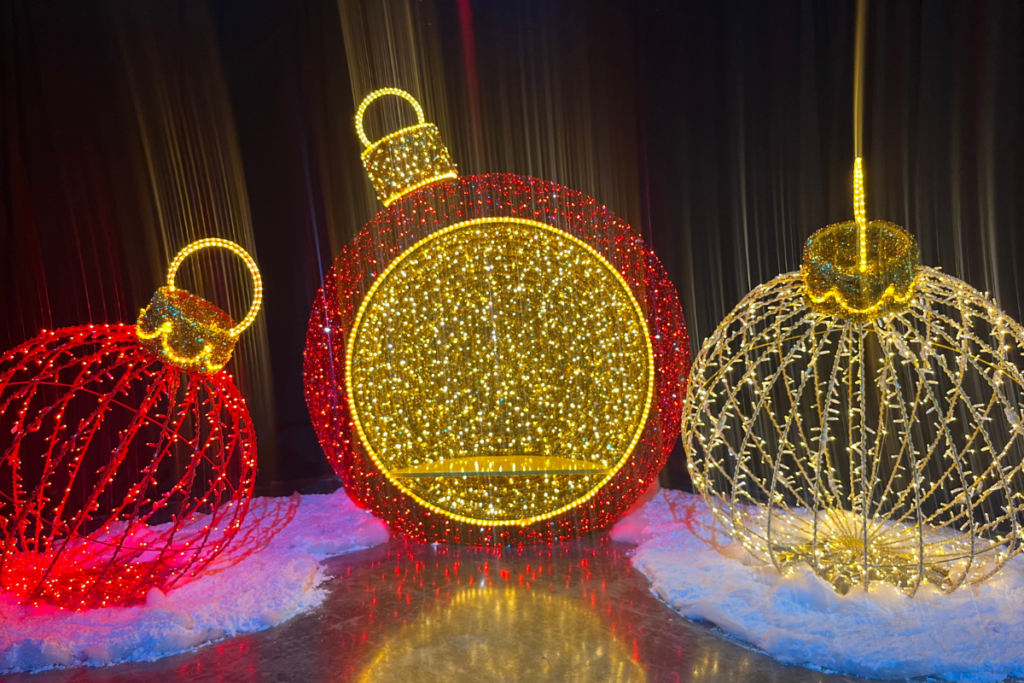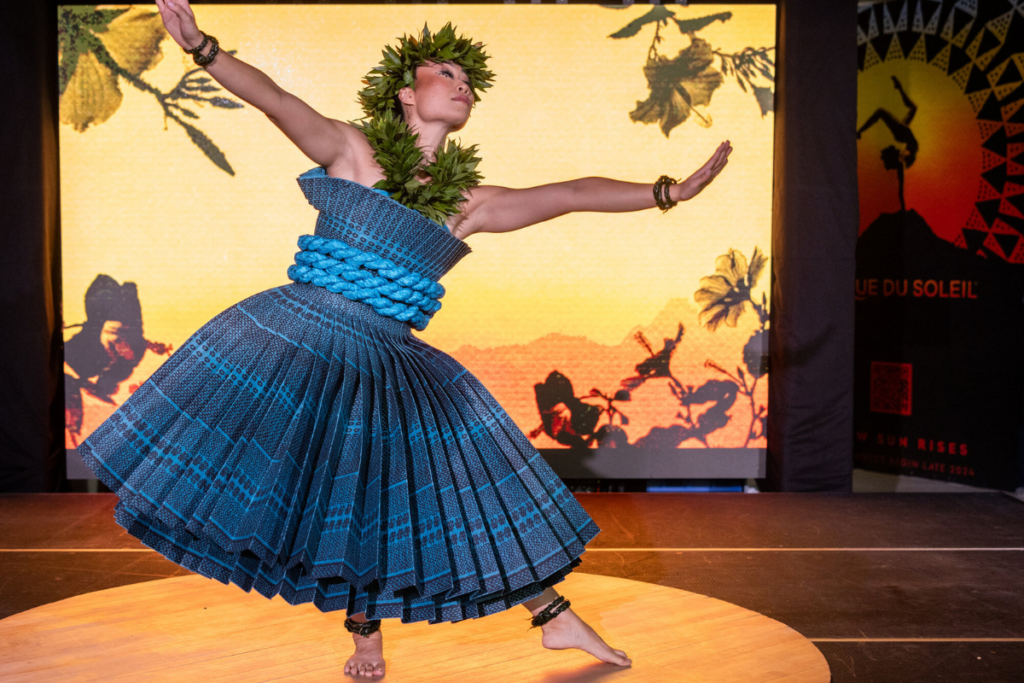8 Hawaiʻi-Related Coconut Facts for World Coconut Day
Love the coconut? So do we, and to prove it we’ve compiled a short list of fun coconut facts.

Who doesn’t love the coconut? Even if you’re not a fan of its peculiar tasting water, or its fleshy meat, the coconut—or stone fruit—has become synonymous with Hawaiʻi’s island culture. To celebrate World Coconut Day, which was established in 2009 and is observed on Sept. 2, we’ve put together a list of eight Hawaiʻi-related coconut facts, and tips.
They’re Not Native to Hawaiʻi
That’s right, coconuts aren’t from here. They were actually introduced to Hawaiʻi soil by early Polynesian voyagers, who brought with them a large number of crops, called canoe plants, to grow wherever they found land. Along with coconuts, the Polynesians also carried kalo (taro), kō (sugarcane), maiʻa (bananas) and other plants in their vessels.
The Difference Between Green and Brown Coconuts

Photo: Getty Images
This one’s easy, but important to know. Green coconuts are young and not fully ripened, meaning they’ll have less meat and more coconut water. Their brown, fuzzy counterparts on the other hand are fully matured and come chock-full of that firm, fibrous meat that can be eaten raw or shaved onto desserts.
Coconut or Niu?
While most visitors and locals call the coconut “coconut,” a name that originated from the Portuguese and Spanish word “coco” meaning head, or skull, the word for coconut in ʻōlelo Hawaiʻi (Hawaiian language) is niu—pronounced nee-oo. And while calling a coconut niu may require a little more explaining at your end, it is a fine way to flex your new niu knowledge.
The Coconut Weather Station

Photo: Royce Bair/Flickr
Parking Under a Coconut Tree
Ask any Hawaiʻi local, and they’ll probably know someone who has parked under a coconut tree on an especially windy day and came back to a big old ding on the roof or hood of their car. Sure, it might not be a huge problem, but it’s on the back of every resident’s mind.
Ancient Hawaiians Used Coconuts For … Everything

Photo: Courtesy of The Coconut Information Project
Aside from providing vital nutrition for kanaka maoli (Native Hawaiians), every part of the niu was used in ancient Hawaiian culture. Coconut fronds were used for weaving, husks for burning, fibers for ropes and lines, empty shells for musical instruments, games and fertilizer. It’s no wonder why the coconut quickly became a staple crop in the Islands.
Punakea Palms

Photo: David Croxford
Surprisingly, there are not many farms in the Islands solely dedicated to producing coconuts. However, at Punakea Palms, located on the scenic slopes of the West Maui Mountains, more than 10,000 coconuts are grown and harvested yearly. The boutique farm’s owner, Kai McPhee, also offers educational tours and property walk-throughs for those interested in learning more.
SEE MORE: PUNAKEA PALMS IN LAHAINA MAKES VISITORS NUTS FOR COCONUTS
Coconuts … Postcards?
If you’re willing to pay for shipping, there are actually multiple ways to mail a coconut—decorated or not—to your not-on-Hawaiʻi friends and family. The first method is to do it all yourself, from finding the perfect nut and glamming it up, then getting it inspected and approved at a local airport agricultural inspection station before sending it off with the help of the post office. Alternatively, if you want to save some time and hassle, there are multiple businesses and services that will find, customize and send a coconut for you. The Hoʻolehua Post Office’s Post-A-Nut service sells already-inspected coconuts that are ready to ship, and will design it to your liking. The Punaluʻu Bake Shop on Oʻahu also sells prepainted, ready-to-go coconuts, which they will send off-island for you.
SEE MORE: HOW TO MAIL A COCONUT FROM HAWAIʻI IN FOUR EASY STEPS


